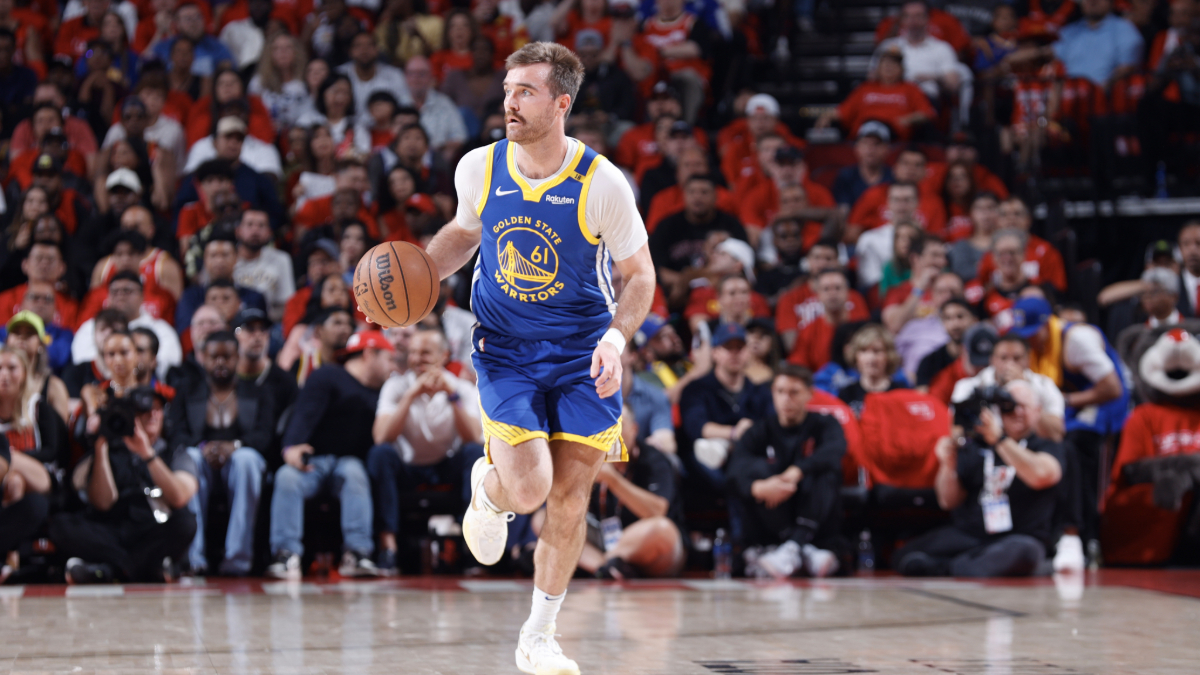Jeddah Qualifying: An Insight into the 2025 F1 Team Hierarchy

The latest qualifying session held at the stunning Jeddah Corniche Circuit has sparked significant interest among Formula 1 enthusiasts, as it revealed much about the current pecking order within the sport. Following a challenging start to the season at the Bahrain Grand Prix, Max Verstappen of Red Bull Racing showcased his prowess by clinching the pole position, overcoming a strong showing from McLaren. F1Technical's senior writer, Balazs Szabo, delves deeper into the dynamics observed during the qualifying rounds on Saturday.
After a disappointing performance in Bahrain, Red Bull Racing managed to turn their fortunes around impressively in Saudi Arabia. Friday practice sessions indicated that the high-speed nature of the Jeddah track greatly favored Verstappen and his RB21, contrasting sharply with the traction-reliant Sakhir circuit. Throughout the qualifying sessions, the reigning world champion consistently demonstrated competitiveness, growing increasingly comfortable with his car as the track conditions evolved, particularly as the surface cooled down.
Verstappen, who was determined to make a statement, executed a clever strategy during the final qualifying round. After a red flag disrupted the session, he opted for two runs, a decision that paid off handsomely as his second lap secured him his 46th career pole position.
Despite McLaren's apparent dominance during the practice phases, drivers Lando Norris and Oscar Piastri faced hurdles that hampered their grid positions. Norris experienced a high-speed crash on his initial lap in Q3, while Piastri, despite his best efforts, fell short of surpassing Verstappen's benchmark, ultimately qualifying in second place just 0.010 seconds behind the pole sitter.
The performance of Mercedes at the Jeddah Corniche Circuit was initially difficult to gauge. While the W16 showed promise under specific conditions during practice, it appeared to lack the pace needed in others. However, qualifying night proved to be a pleasant surprise for the Brackley-based team. George Russell was remarkably close to snatching the pole, finishing merely a tenth of a second behind Verstappen, showcasing that Mercedes is indeed in the mix alongside Red Bull and McLaren.
A thorough comparison of the fastest qualifying laps reveals valuable insights into the strengths and weaknesses of Red Bull, McLaren, and Mercedes' 2025 F1 cars. Although Piastri did not secure pole, he exhibited remarkable speed, clocking in at 52.6 percent of the lap as the fastest, while Verstappen recorded the quickest segments in 35.0 percent and Russell the remaining 12.4 percent of the 6.1km circuit.
In the opening sector, Verstappen's time was the quickest, with Piastri and Russell trailing by 0.123 seconds and 0.177 seconds, respectively. Verstappen's advantage on the main straight was significantly enhanced thanks to a considerable tow from his teammate, Yuki Tsunoda, which played a crucial role in his securing pole position. On the other hand, Piastri excelled in the challenging first and second corners, an area where McLaren has shown consistent strength throughout the weekend.
These opening corners proved particularly troublesome for various teams, as they struggled to initiate their laps with the optimal tire temperatures. Ferrari, in particular, faced significant challenges during qualifying, losing approximately three-tenths of a second due to issues in these crucial sections. Interestingly, the Scuderia appeared to resolve this issue in high-fuel configurations, suggesting that their race pace could be more competitive than reflected in qualifying.
While Russell and Verstappen excelled in subsequent corners, it was Piastri who dominated the medium-speed Turns 6-7-8. Leveraging Red Bulls lower downforce configuration, Verstappen emerged as the fastest in the final segment of Sector 1, while Russell recorded the best entry time at the banked Turn 13. In Sector 2, Russell took the lead, with Piastri just 0.074 seconds and Verstappen lagging at 0.164 seconds behind him. Piastri's impressive exit speed from Turn 17 was noteworthy, although Verstappen reclaimed his footing as the fastest in the full-throttle sections.
The final sector saw Piastri again come out on top, with Verstappen and Russell lagging behind by 0.027 seconds and 0.112 seconds, respectively. Piastri's remarkable capabilities through Turns 22-23-24 highlighted McLaren's superior downforce, although Verstappen managed to clock the best times in the concluding sections, affirming his dominance throughout the lap. The Australian's performance proved that the MCL39 has exceptional tire temperature management, even during the lengthy laps, an essential factor as the race weekend unfolds.


























